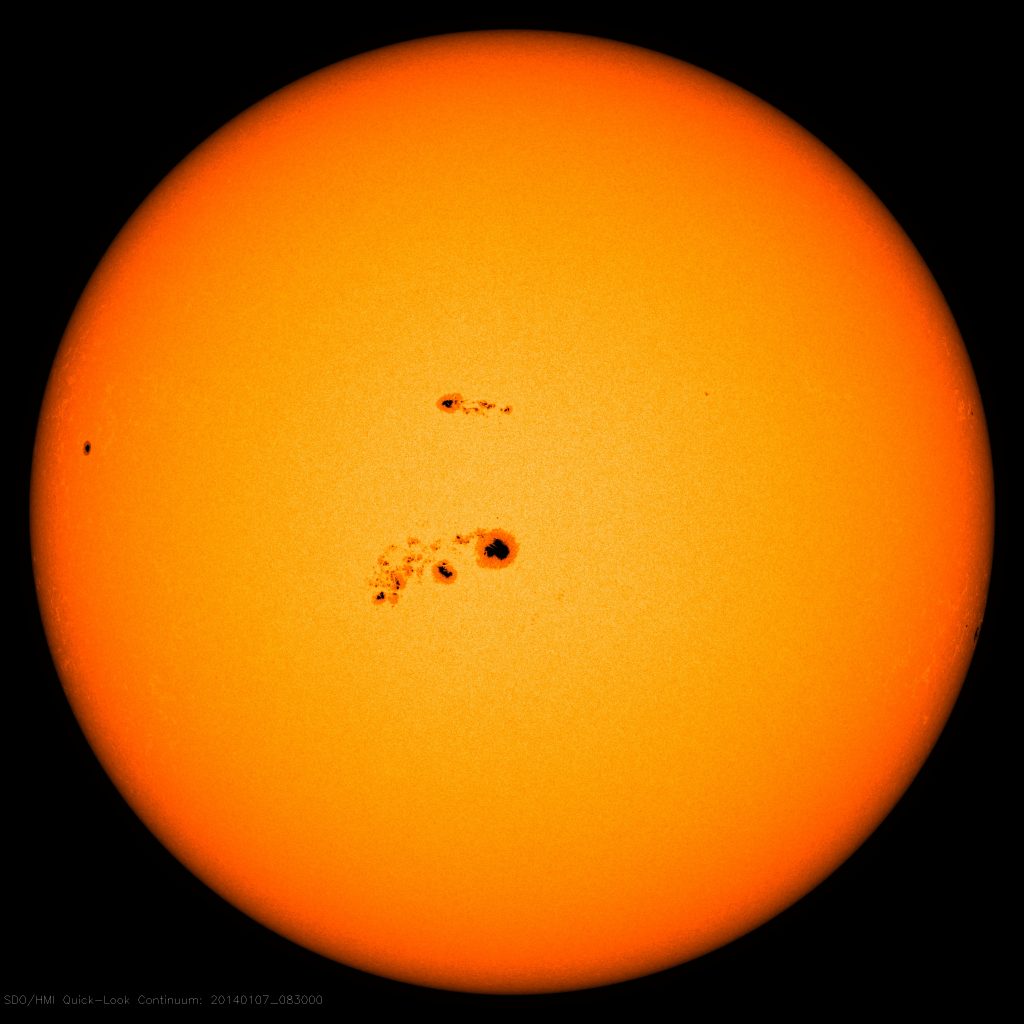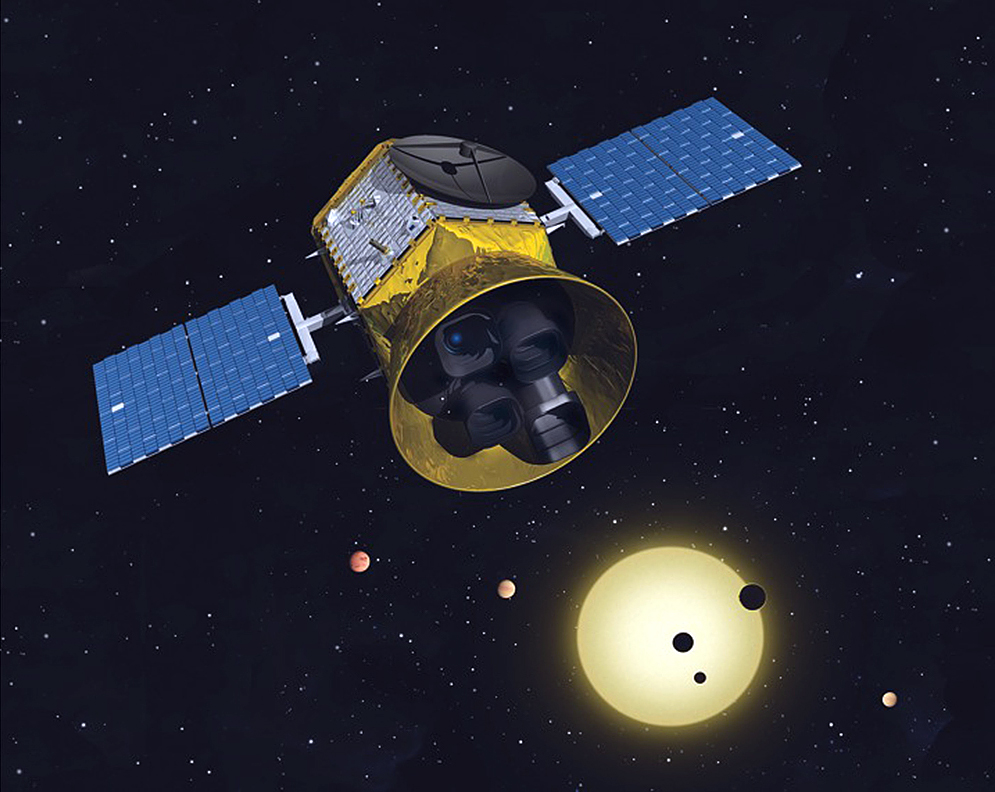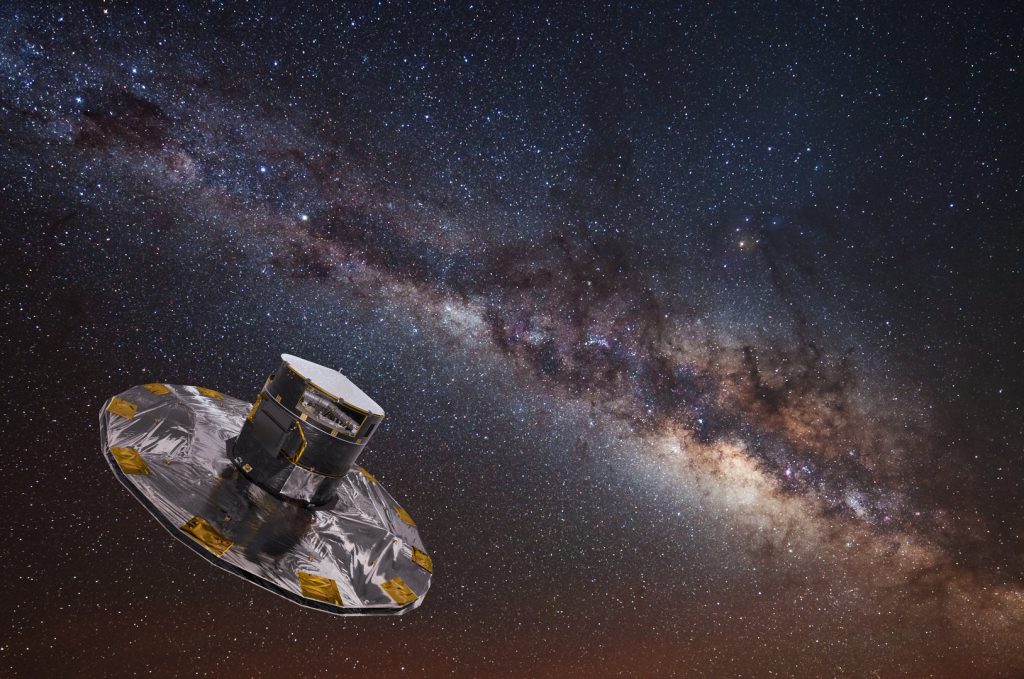One of the primary objectives of the Exoplanets-A project is to establish new insight on the influence of the host star on the planetary atmosphere. To model successfully the exoplanet atmosphere, it is necessary to have a sound knowledge of the host star. Observing stars at visible wavelength is wealth of information. It provides with an extreme precision stellar parameters such as its luminosity, effective temperature and radius which have an impact in the retrieval process of the planetary-atmosphere properties and on its errors.
A number of the exoplanets in our target list occur in multi-planet systems, so that the number of host stars corresponding to the 135 exoplanets is 113. The host star properties have been extracted from public archives and augmented by quantities derived from them. All targets have been identified from the Gaia/DR2 data in order to extract key values about astrometric properties, such as proper motions and distances of host stars. The variability information of host stars produced by different projects (mainly from Kepler and Kepler K2) provides also a fine knowledge of stars. About 1/3 of the targets have Kepler light curves. The mission TESS, already delivering data, will probably provide data for all of them.

Credits: NASA/SDO/HMI continuum
TESS

Transiting Exoplanet Survey Satellite (TESS) launched on April 18, 2018 is a NASA-sponsored Astrophysics Explorer-class mission that is performing a near all-sky survey (over 85% of the sky) in two years to search for planets transiting nearby stars (within ~200 light years). The primary goal of TESS is to discover planets smaller than Neptune that transit stars bright enough to enable follow-up spectroscopic observations that can provide planet masses, sizes, densities, and atmospheric properties. Of these, approximately 300 are expected to be Earth-sized and super-Earth-sized exoplanets.
In the 2-year prime mission, TESS monitors over 200,000 main-sequence dwarf stars. TESS was approved for an extended mission that starts in July 2020.
Gaia

A global space astrometry mission, Gaia will make the largest, most precise three-dimensional map of our Galaxy by surveying more than a thousand million stars.
Gaia will monitor each of its target stars about 70 times over a five-year period. It will precisely chart their positions, distances, movements, and changes in brightness. It is expected to discover hundreds of thousands of new celestial objects, such as extra-solar planets and brown dwarfs, and observe hundreds of thousands of asteroids within our own Solar System. The mission will also study about 500 000 distant quasars and will provide stringent new tests of Albert Einstein’s General Theory of Relativity.